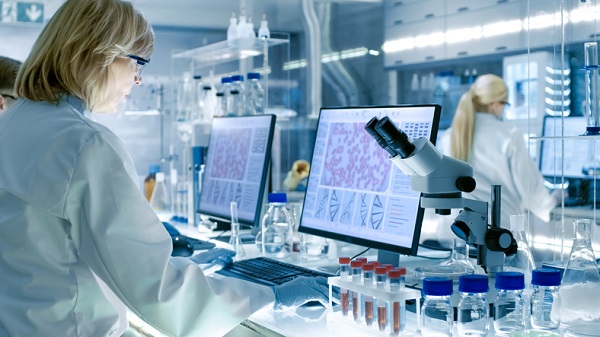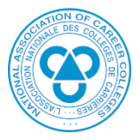
Freeze-drying is a popular preservation technique that can be used on a range of products, including many common foods, medicines, and biological samples. If you’ve ever made instant coffee, then you’ve reconstituted a freeze-dried product!
In the pharmaceutical industry, freeze-drying or lyophilization, as it is technically referred to, is used on vaccines, cells and tissues, hormones, and other products. The process allows these products to be preserved before they are tested or used.
Read on to discover three key facts about freeze-drying and how it works.
1.Freeze-Drying Is a Three-Step Process for Pharmaceutical Manufacturing Technicians
You are almost certain to encounter freeze-drying at some point during your career in pharmaceutical manufacturing, so it’s important to have an understanding of the process.
Freeze-drying involves three major steps: freezing, primary drying, and secondary drying. The process should be completed in a vacuum, and the substance needs to be completely frozen before drying. This will produce crystals which can vary in size depending on the process. Freezing should be done quickly to avoid forming large crystals which could damage the cell walls.
A product can be frozen in static using a cool surface, or in motion using a chilled bath (a shell freezer). The latter method is best for larger samples.

Freeze-drying involves freezing, primary drying, and secondary drying stages
The second step is primary drying or sublimation. This typically takes place in a ‘drying chamber.’ Pressure is reduced, and heat is applied. Technicians should be careful not to introduce too much heat too quickly as this could damage the product.
The secondary drying attempt, sometimes called adsorption,removes any remaining water molecules by further reducing the pressure and increasing the temperature. The freeze-dried product is then stored in a sealed bottle, flask, or vial.
2. Freeze-Drying Extends the Life of Drugs
The main reason why products are frozen in pharmaceutical manufacturing is to protect sensitive substances from being contaminated by external factors like light, oxygen, or temperature changes.

Many medicines available to patients today have been freeze-dried
Commonly freeze-dried products include antibiotics, bacteria, vaccines, protein-containing products, cells and tissues, and chemicals. Once freeze-dried, these will be preserved in a permanently storable state that can be reconstituted easily by adding water.
Without freeze-drying technology, many life-saving drugs would not be available on the pharmaceutical market.
3. Special Equipment Is Needed for Freeze-Drying
As a pharmaceutical manufacturing technician, you will be responsible for maintaining laboratory equipment. This will form an important part of your training. If you want to freeze-dry samples in a laboratory, you will need to have a freeze-dryer.
There are many different freeze-dryers available for sale, but all have the same basic components. All freeze-dryers will feature a vacuum chamber, for example. This is a vacuum-tight, insulated container where the product is kept during the freeze-drying process. Most freeze-dryers also have a process condenser to trap any water, and a refrigeration system to keep the shelves cold.
Are you interested in becoming a pharmaceutical manufacturing technician?
Contact Oxford College for more information!






